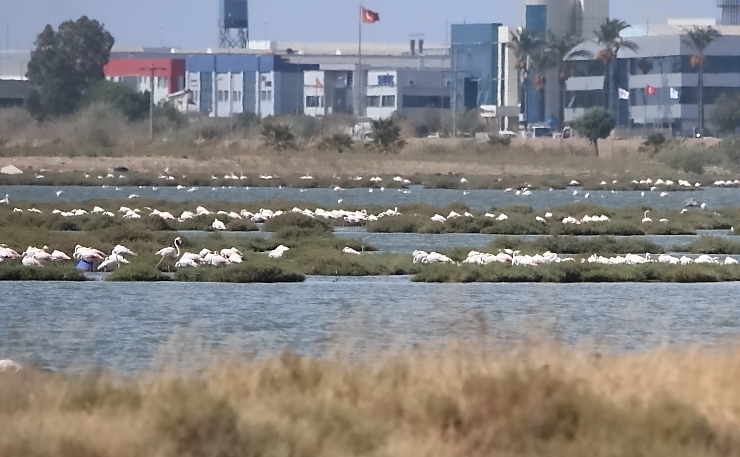
I am embarrassed. In fact, I was already embarrassed two months ago, when the pandemic and at-home duties had forced me to write about the same michoacano birds for a couple of years running. (It’s a good thing that I can access some 300+ michoacano species! But, still.)
So I was excited to finally get to take a trip to Spain and the Middle East that we had originally planned… for the ill-fated month of March, 2020. New places, new birds! This time, we actually managed to take the trip we had planned. And I did manage to see a large number of new birds — 45 new species, to be specific. Surely, now I would write lots of fascinating 10,000 Birds posts!
Still, the trip was a work (ministry) trip, and a rather exhausting one at that. Eleven individual flights and two train trips were taken. Many Mexican workers were visited and, apparently, encouraged. I returned almost unable to walk, from hauling around increasingly heavy suitcases. (Too many gifts were purchased, you see.) A Jordanian head cold settled in, and turned into low-level bronchitis. It took me an extra week to get back to normal. “How was your vacation, Paul and Angie?”
Of course, I birded every moment I could. And the birding was good! But I couldn’t even find time to finish processing my photos and identifying the birds they showed. So writing for you fine folks fell by the wayside. A surplus of quality birding experiences kept me from making my reports, which is embarrassing. An embarrassment of riches, as it were.
Happily, and I cannot overemphasize just how happy we are about this, we are now home. And, doubly happily, I now have enough material for many future posts. My only problem is, where to start?
I will start by telling you about encounters in Turkey with two special bird families. I really should have encountered these families in Mexico, as they both occur here. But no, I had to travel to Turkey to meet them in the wild.
Mexico’s Yucatán Peninsula hosts a large population of American Flamingos. And I have, in fact, visited Yucatán state. But, unfortunately, I neither birded back in the days of that visit, nor did I make it to the coasts that these fantastic birds frequent.
Three years ago, I saw a single Greater Flamingo, my first wild flamingo, in southern Spain. My photos were poor, but unmistakeable. After all, what could you confuse with a flamingo? This year’s visit to southern Spain, however, fell in the middle of raptor migration, so flamingos were not on my agenda.
Then, the people we were visiting in Turkey took us to their favorite waterside walk in the large city of Izmir. Izmir is Turkey’s third largest city, and does not have the appearance of a place in which one would find lots of birds. But a sign advertised (so they told me) flamingo tours. Could it be?
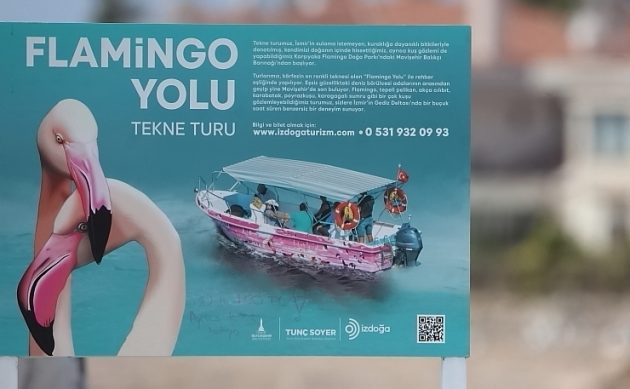
A quick scan with my binoculars suggested that no tour would be required. There, in the distance, were some appropriate pink shapes. Even our hosts were curious, so we walked toward an area of marshlands in that direction. A handful of birds on a spit of land did turn out to be flamingos, standing among many Yellow-legged and Black-headed Gulls, and European Shags, as well as a trio of Great Pelicans.
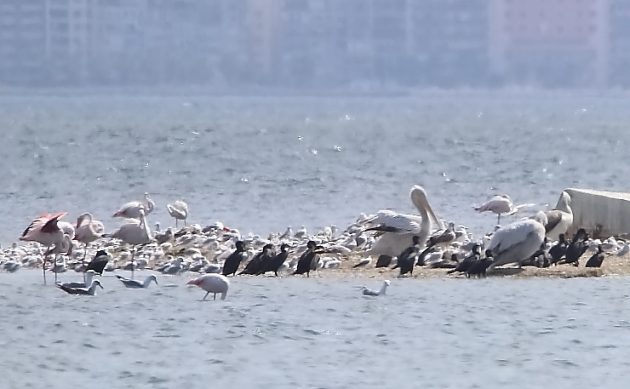
More walking proved that those few original birds were just an appetizer. My best guess was that we saw something like a thousand flamingos that day. It turns out that, if you want to see lots of flamingos, you can just visit a large Turkish urban center.
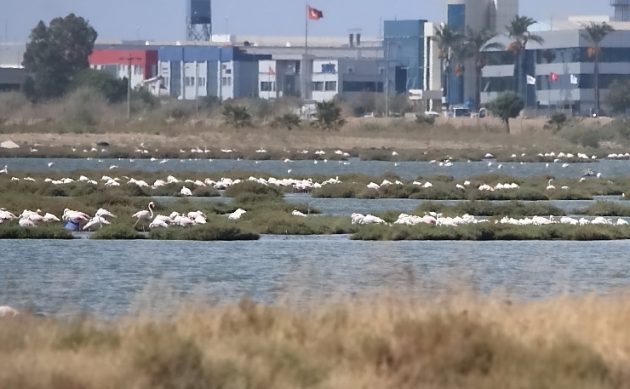
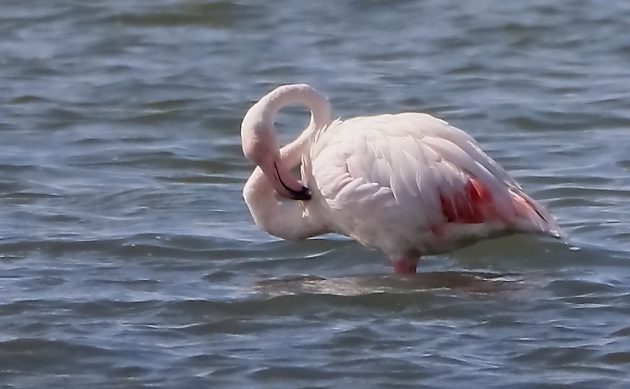
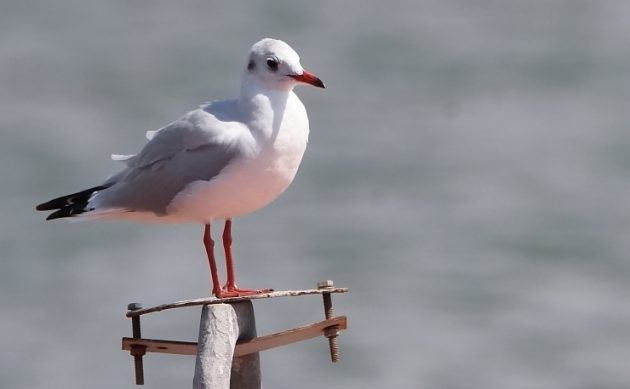
And a cute Black-headed Gull, winter plumage, for good measure. We don’t get gulls with red feet in central Mexico.
The second family is definitely not one that you would find in an urban center. Dippers are birds that can be found along pristine mountain streams. I have wanted to see one for years. I even know where to find the American Dipper in my general area, as they have been reported several times from near Tzararácua Falls. But I have yet to make the two-hour trip (each way) there to seek them.
Our host in Turkey seemed rather excited about helping with my search for new bird species there. He decided to take me, on our last full day there, to a wooded park in the hills above their home. He even took his own camera, to join in the fun. I found a single eBird report for the site, and what do you know? The report included Eurasia’s very own White-throated Dipper!
I had always expected to go to a very isolated site to see a Dipper. These fascinating birds, which can walk and even fly underwater, require crystalline, sometimes frigid mountain waters. And yet, there I was, seeing several White-throated Dippers, in a park with an ever-increasing number of visitors.
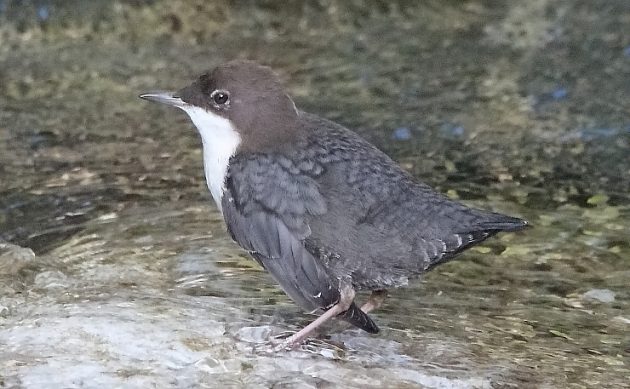
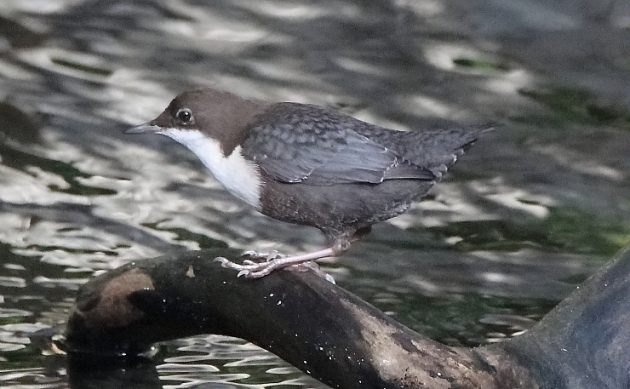
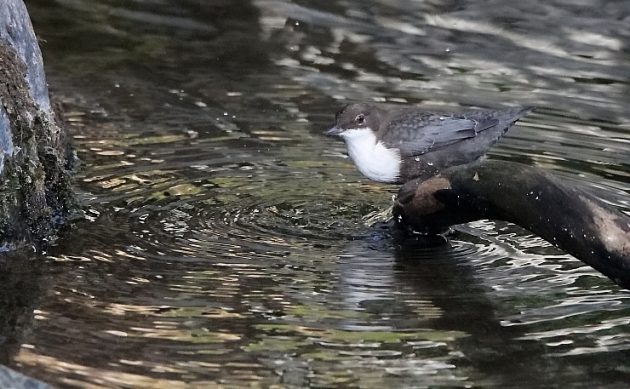
There was one other interesting thing in those streams. Turkey can get really hot in the summer. (It was even rather hot in late September.) So the Turks came up with a natural form of outdoor air-conditioning: Put your picnic tables IN the stream. Then enjoy your picnic with your feet in cold water. There were at least two dozen of these tables.

I’m sorry to say, I did not see a Dipper actually on one of the partially submerged picnic tables. It was the day’s only disappointment. My apologies; I am embarassed.
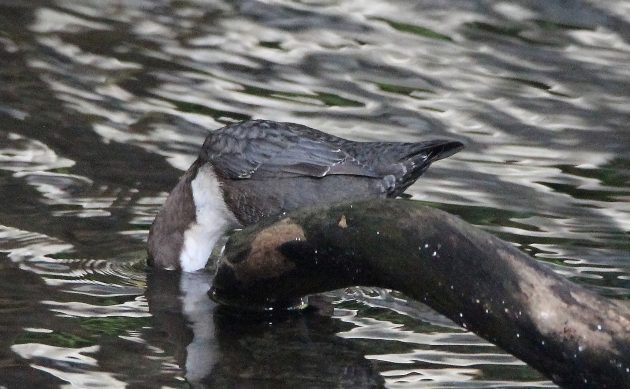


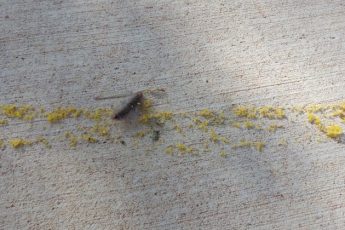
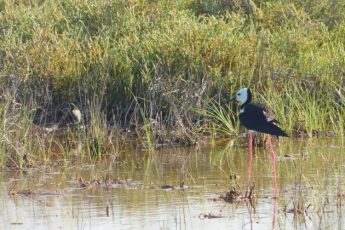


 New writers welcome – please contact us for details.
New writers welcome – please contact us for details.

















Leave a Comment